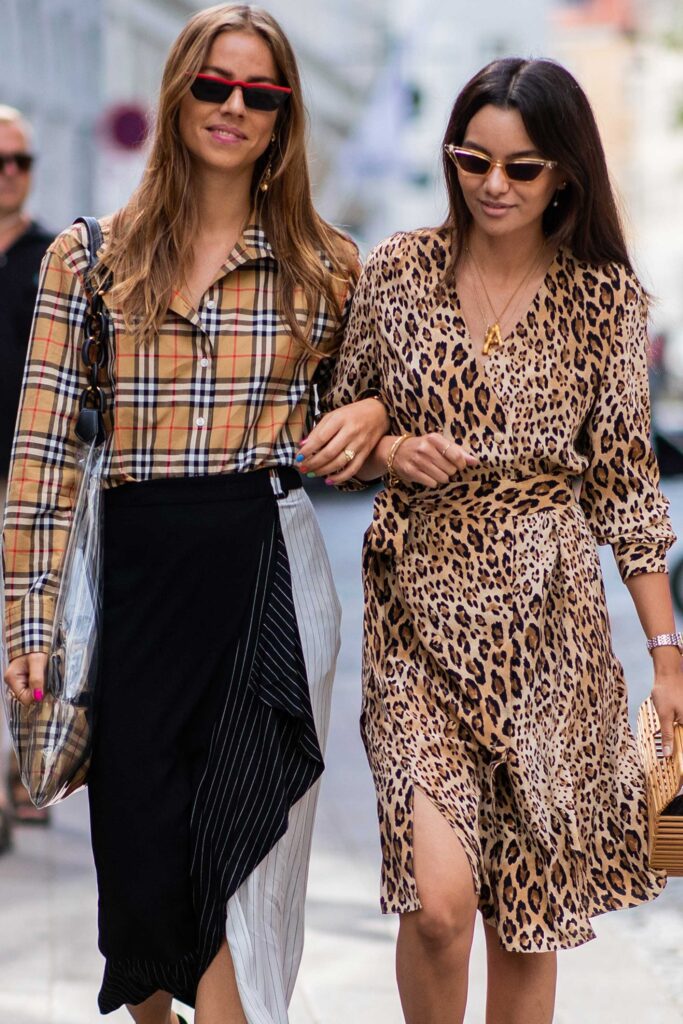The esports industry has long faced criticism for a lack of diversity and inclusivity and the underrepresentation of women, with only 5% of esports players being female. However, in recent years there has been a significant rise in female esports players breaking down barriers and defying stereotypes. The rise of players such as Sasha ‘Scarlett’ Hostyn and Kristen ‘KittyPlays’ Valnicek has opened up opportunities for more diversity and inclusivity, and the industry needs to create a welcoming environment, invest in outreach programs, and promote diversity and inclusivity in game design to foster a more inclusive gaming culture.
Rise of Female Esports Players: The Need for More Diversity and Inclusivity
Introduction
Esports has been on the rise in recent years, gathering millions of fans and players around the world. However, the industry has been notoriously known for its lack of diversity and inclusivity. Esports has a long history of being male-dominated, with female players and fans being underrepresented. Thankfully, in recent years, there has been a significant rise in female esports players, breaking the barriers and defying stereotypes.
The Current State of Diversity and Inclusivity in Esports
Esports has been facing criticism for its lack of diversity and inclusivity. The industry has been predominantly white and male, with minorities being underrepresented. This lack of diversity has had significant impacts on the industry, leading to a narrow perspective on games and their social implications. Furthermore, female esports players have been marginalized, homogenized, and underestimated.
A recent report revealed that only 35% of esports fans are women, and a mere 5% of esports players are female. This underrepresentation has discouraged many female gamers from pursuing esports as a profession, leading to a lack of diverse skills and perspectives in the industry. It is high time that the esports industry engages with diversity and inclusivity and takes steps towards rectifying the situation.
The Rise of Female Esports Players
Despite the underrepresentation, there has been a significant rise in female esports players in the past few years. Many women have come forward, breaking the stereotypes and proving that gaming is not just a ‘man’s world.’ Female esports players have been making a significant impact in the industry, challenging traditional notions and stereotypes about games and their players.
Women like Sasha ‘Scarlett’ Hostyn, Maria ‘Remilia’ Creveling, and Kristen ‘KittyPlays’ Valnicek have made a name for themselves in esports, proving their worth, skill and breaking new grounds. This rise in female esports players has helped in challenging the skewed perspective of the industry and has opened doors for more diversity and inclusivity.
The Need for More Diversity and Inclusivity
While the rise of female esports players is undoubtedly a welcome change, there is still a need for more diversity and inclusivity in the industry. The underrepresentation of women and minorities has been a long-standing issue in esports that cannot be solved overnight. However, there are some concrete steps that the industry can take to move towards more diversity and inclusivity.
Firstly, the esports industry needs to create a welcoming environment that encourages women and minorities to participate. This can be achieved by creating safe spaces, providing mentorship programs, and establishing transparent policies regarding harassment and discrimination.
Secondly, the industry needs to invest in outreach programs and initiatives that target communities that have been historically underrepresented in esports. This can be achieved by partnering with schools to encourage young girls and minorities to take up gaming and esports as a hobby and potentially as a profession.
Lastly, the industry needs to promote more diversity and inclusivity in its game design, storylines, and characters. This will help the industry to foster a more inclusive gaming culture and create games that are accessible and enjoyable to everyone, regardless of their identity and background.
Conclusion
The rise of female esports players is a significant step forward in breaking down the barriers and promoting diversity and inclusivity in the industry. However, there is still much work to be done. The esports industry needs to take concrete steps towards promoting a more diverse and inclusive community, creating safe spaces, and investing in outreach programs. By doing so, the industry can unlock a wealth of talent and perspectives, leading to a more robust and inclusive gaming environment for everyone.
